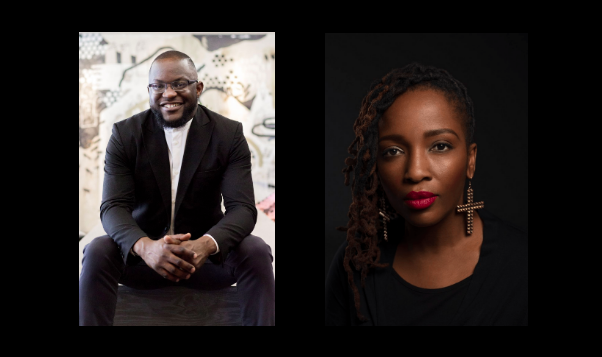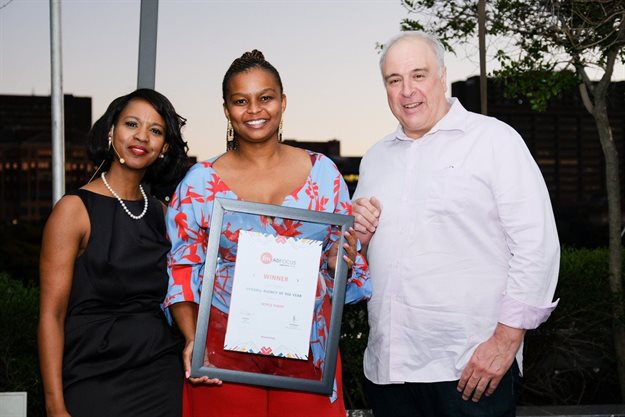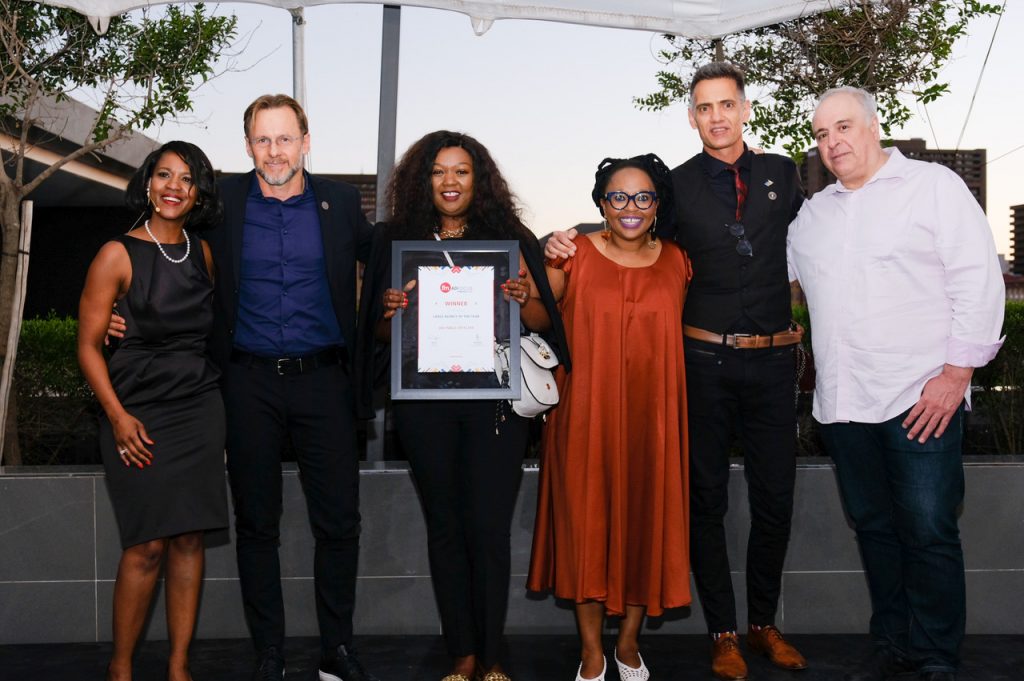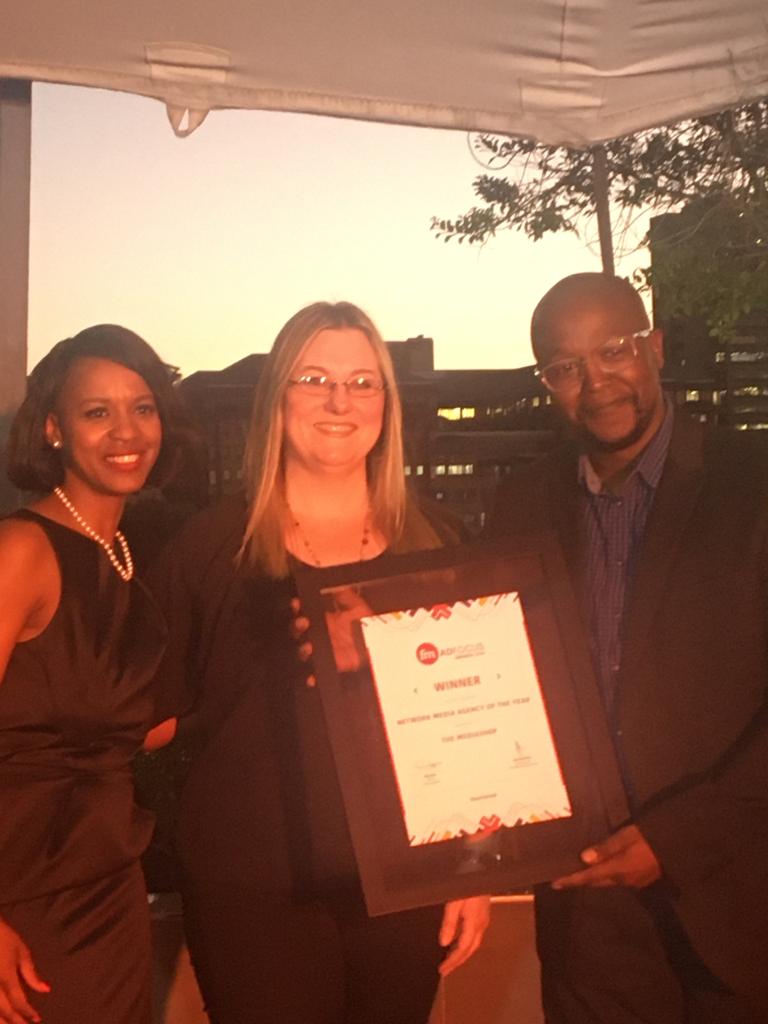Jarred Mailer-Lyons, Head of Digital at The MediaShop, says as we begin to slowly transition from managing the pandemic to the recovery of the economy, it is clear that the period of lockdown and a pandemic of this scale and magnitude is bound to have a significant impact on our lives.
Of course, we will return to some sort of normality in the coming months, but there is no doubt that much will change – possibly forever. Covid-19 has altered the way we think, behave and act in more ways than one. The future of e-commerce has arrived earlier than expected thanks to Covid-19 and while this is good for brands that have an online presence, there is still a vast disconnect between brands and consumers throughout the marketing funnel.
These emerging changes can be seen across all spheres of life – from how we work through to the ways we shop. These shifts are having significant implications for brands and retailers alike.
I have always had a keen interest in spotting a fad that has potentially become a longer-term trend over time and when it comes to specific categories and verticals, we know very well that trends and fads tend to come and go. While trends tend to gain widespread momentum, fads appear in contained bursts, sometimes only affecting or appealing to a smaller group. A trend is really just the staying power that is brought upon through the change in behaviour.
We definitely can’t associate the current pandemic to a trend but the significance of life span is quite relatable. With the changes in behaviours that have been created as a by-product of Covid-19, many of the longer-term changes in consumer behaviour are still being formed, giving companies an opportunity to evolve and help shape the ‘next normal’.
Behavioural changes
Let us put it into perspective – I am sure many can attest to making and breaking a New Year’s resolution. I am the first to admit that New Year’s resolutions just don’t stick – for me at least! Putting your mind to something is simple enough to construct in your head but actually adapting to this new way of life is one of the most difficult learned behavioural changes – sometimes it is even more difficult to break certain behaviours than to teach new ones.
Anyone who has ever made and broken a resolution can appreciate the difficulty of behaviour change. Making a lasting alteration in behaviour is rarely a simple process. We are human beings and we crave a sense of comfort and are often unwilling, or resistant, to change especially in the early stages of making such a commitment. It has been well over eight months now since we went into our first lockdown and we can definitely start seeing the effects of a pandemic and how humans have naturally adapted. As the months pass on by and we continue adapting to the ‘new normal’, more behaviours are bound to emerge. However, in this short space of time we have definitely started seeing some of these subtle changes.
Covid-19 has certainly accelerated digital in what was predicted to take years to achieve and research is saying that consumers globally have shifted their spending from in-store into the e-commerce space. Some are calling it ‘compressing 10 years of anticipated digital growth into a matter of weeks’. Local channels and e-commerce sites are seeing significant lifts in audiences, browsing time on site, online purchasing spikes and bigger basket sizes.
The future has definitely come early as consumer activities and preferences have somewhat shifted due to the shutdown of the economy. But fear of catching the virus and spreading it to those more vulnerable has really altered the way that consumers – at least in the short term – transitioned from making purchases in-store to being forced into and becoming familiar and comfortable within the e-commerce eco-system.
But this type of behaviour change is not as linear as we think – let’s not forget about the New Year’s resolution example mentioned earlier because the stickiness of this behaviour change, or trend, if you like, will really depend on the satisfaction of the consumer throughout their ‘new’ experience. That is why it is vital for e-commerce players to adapt and build their user journeys to cater to all users in that they’re simple and seamless – making that transition easier and enjoyable for the consumer in order to make sure that the ‘stickiness’ sticks.
Regaining trust in e-commerce
I’m sure like many, I’ve also had my fair share of online purchase and delivery fails but Covid-19 has re-ignited my trust in the e-commerce space. For me, the fear of catching the virus when it was at its peak really spoke to the fundamental need for safety (Maslow’s law) which translated into me moving my regular daily shop in-store to a weekly online transaction regardless of the fair share of negative experiences I had in the past.
The sense of fear diluted those previously constructed notions I had around the online purchase journey. What I noticed throughout this process of personal change is that brands, channels and retailers have come a long way in transforming this eco-system from click right the way through to live tracking and timeous delivery. That fear led to an immediate short-term adjustment that has now become an instilled behaviour change thanks to the benefits and convenience of online purchasing.
Of course, I am a sample of one but I have no doubt that others are certainly experiencing the same outcomes and these changing consumer behaviours require brands, if they have not already, to start thinking about how they change their business behaviours. Because the future is now, and if you decide not to adapt then you could very well become a case study of the past – much like Kodak did when digital photography took off and Kodak just was not ready for it.
Digital is indeed revolutionising how consumers learn about and engage with brands and how companies learn about and engage with consumers. If we look at the traditional shopping model – it is inherently a social experience and with evolving technology, shopping is changing and becoming more social by placing commerce at the heart of where people socialise online.
I recently attended a Facebook short course facilitated through GIBS which really turned the intent-based purchase behaviour that we know on its head. With the growth in time spent browsing social channels, Facebook noticed a significant shift with their audiences globally from intent-based purchases to a new world of discovery commerce – where products find people. With consumers today being constantly connected, browsing products on the go and comparing prices, it has most certainly become a place where FMCG brands need to look to position themselves and tap into this discovery phase.
The marketing funnel
The problem is that there is a complete disconnect between the top and bottom of the funnel. The top being that which the brands invest in media to drive a marketing objective and bottom of the funnel where the transaction takes place on a partner’s retail e-commerce site. Because the brand and e-commerce site don’t necessarily talk to each other, there is a complete lack of data being transferred between the two, which is like gold to the FMCG brand. Therefore these brands are sometimes at the mercy of their e-commerce counterparts. Trying to understand sales funnel, drop off, loyalty and repeat purchase cycles are data points that FMCG brands may never come to know unless they take the plunge and build an e-commerce site.
While there is sometimes opportunity in creating a category specialist e-commerce platform that caters to all brands hosted under a single stable, most shoppers see FMCG products as part of a wider shop, meaning they want the convenience of finding everything under one roof and not the hassle of having to visit a host of websites to buy each item. This then makes FMCG brands question whether the e-commerce platforms they are partnered with are offering their customers value and benefit, which of course also ties into the latest trends we’re seeing as an outcome of Covid-19.
While there are many predictions out there in terms of e-commerce trends that will stick beyond the post-Covid-19 world, we do know that if e-commerce growth – especially in the FMCG space – is set to continue at an accelerated pace, then convenience, personalisation, seamless ordering and delivery need to become the key pillars in which to adapt to this changing market.
So while you may be an FMCG brand trying to understand what the future holds or just an e-commerce retail site that facilitates the transaction and delivery between the brand and the consumer – these are some key FMCG e-commerce category trends and insights to look out for in the coming months:
1. It is about interrogating and understanding the individual shopper journeys and buying habits, because they have changed. Through the refinement of this data, it will allow you to create personalised recommendations and even inform the creation of products that will in turn drive loyalty.
2. By doing this, we can also hopefully find ways to alleviate the issue that most e-commerce stores have with regards to online basket abandonment and find simpler and shorter paths to purchase.
3. With economic uncertainty and the consumer’s looking to brands for value during a recession, targeted and instant redeemable rewards will help strengthen the brand’s quest to drive loyalty and win share of wallet regardless of whether this is done through the e-commerce channel or the brand.
4. Let’s not forget that we are a mobile-first market and geo-targeting will play an even larger role pull in consumers in on the go or at least encourage impulse spend online.
5. It is about versatility, speed and convenience all round – from the consumer clicking to make a purchase right the way through to the delivery experience.
6. Lastly, think beyond your traditionally digital owned channels. Social commerce is growing at a rapid rate and consumers are adapting their buying behaviours to new technology outputs like voice commerce, conversational commerce and bots.
Thankfully as a country we are adaptable and one of the most susceptible nations to change – I have seen and heard many local businesses owners changing their business model and adapting their product to the changing needs brought upon by Covid-19. For FMCG brands to continue their growth trajectory, they need to remain engaged, agile and productive to sustain business growth in the long term.
‘It’s no longer the big beating the small, but rather the fast beating the slow.’ – Eric Pearson, CIO, International Hotel Group.

THE MEDIASHOP
www.mediashop.co.za




















